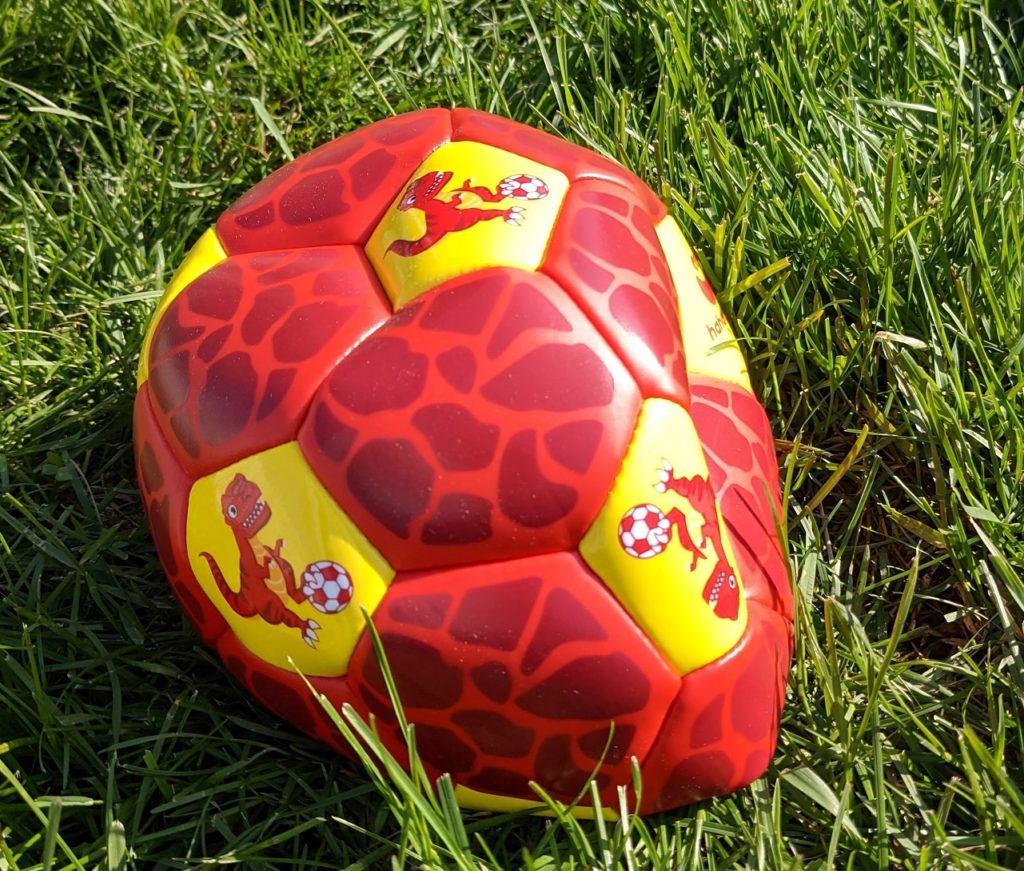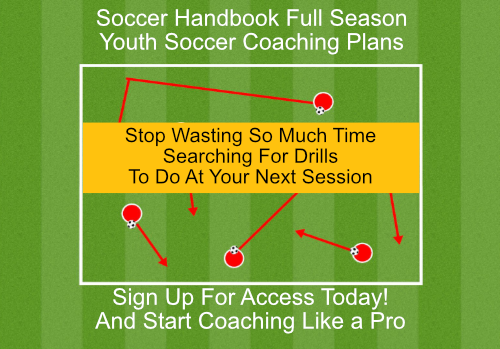As a coach, the first time you store gear away for the off-season, you realize how vital a deflated soccer ball is for saving space. They can stack or easily packed away in a large cardboard box or plastic tote.
There are multiple benefits to deflating your team’s practice soccer balls, but before we review those, let’s cover the best way to deflate your soccer ball.
The Best Way to Deflate Your Soccer Ball
The truth is most people already know the best way to deflate a soccer ball; it’s with an air pump needle. Remember, you need the ball pump and air needle to inflate a soccer ball, but you can deflate a soccer ball without a pump and just the air needle.
How to Deflate a Soccer Ball Without a Pump
Deflating a soccer ball without a pump and only the air needle is a simple three-step process:
- Moisten the needle (water, saliva in a pinch)
- Gently insert the needle into the air valve
- Slowly Squeeze the air out of your soccer ball
- Remove the needle
While no step is dangerous, like life or deadly, the riskiest step is step 2. If you insert the needle with too much force or too aggressively, you’ll risk puncturing the inner air bladder. If you do that, in all likelihood, your ball is now retired.
An easy way to ensure you don’t damage your soccer ball while inserting the needle is to have a teammate hold the ball steady. Without a teammate around, we’d recommend sitting down on the sideline bench or the ground and lightly pinching the ball between your knees.
How to Deflate a Soccer ball with a Pump
If you prefer to keep your needle attached to the air pump while deflating your soccer ball, you’ll follow the same steps as above; just make sure your air pump chamber is empty. You can’t deflate a soccer ball with a needle connected to a hand pump full of air.
If you need recommendations on the best soccer ball pumps, make sure to check out our recent guide.

How to Deflate a Soccer Ball Without a Needle
First, we recommend that you don’t. The easiest way to ensure that you’re never without at least an air needle is to buy a pack or two and stash them in a few key places:
- The Car You Drive to Practice and Games Most Often
- Your Coaching Bag or Athletic Bag
- Your Team Medical Kit
- Your Team Soccer Ball Bag
If you somehow still need to deflate a soccer ball without an air needle. There is one thing you can try: a ballpoint pen or paper clip.
How to Deflate a Ball Without a Needle
You’ll need to either straighten out the paper clip or remove the inner ballpoint pen cartridge to insert it into the air valve.
You’ll have to be even more careful trying to deflate a ball without a needle in this way. Only insert the pen or paperclip in enough to open the air valve and slowly squeeze the ball to let out the air.
Putting Your Soccer Ball in the Fridge Won’t Deflate It
We’ve seen this suggestion, and the fact is this does not “deflate” a soccer ball.
It causes the air molecules within the soccer ball to move less rapidly, which gives the appearance of the ball losing air. In reality, once you remove it from the fridge and it returns to a normal temperature, it will be firm again.
There’s no reason to put a soccer ball in the refrigerator. It’s a waste of time, and you’re likely to have a few unfriendly discussions with anyone who needs to use the fridge.

Why Deflate A Soccer Ball
There are a few reasons to deflate a soccer ball. One of the primary reasons is the preservation of the air bladder. The interior air bladder of a fully pumped soccer ball is under stress, and storing it with all that air continues to wear and strain the internal air bladder.
Deflating a soccer ball for storage helps the air bladder spend less time under stress giving it a longer overall life. Deflating soccer balls will also save space. Every bit of storage space counts in the team gear shed or equipment room, and team balls are no exception.
If your storage space is prone to rodents like mice, rats, squirrels, or even chipmunks, deflating your soccer balls and storing them in a plastic tote or container can help ensure they don’t get chewed through in the off-season.
Travel is another reason to deflate your soccer ball. Whether traveling with your team or on vacation, carrying a fully inflated ball around will take up a lot of space. Deflating it will make it much easier to pack.
Lastly, if you simply overinflated your ball, it is essential to know how to let some air out so it is it isn’t too hard.
Deflating a Soccer Ball is Easy.
Don’t overthink it. Deflating a soccer ball is simple, but make sure you don’t force it. Whether using a proper air needle or paperclip, remember to slowly squeeze the air out until it’s deflated.
Don’t forget to remove the needle once the ball is deflated and store it for safekeeping. That way you’ll be just as prepared for inflating at the start of the season as you are for deflating at the end of the season.






